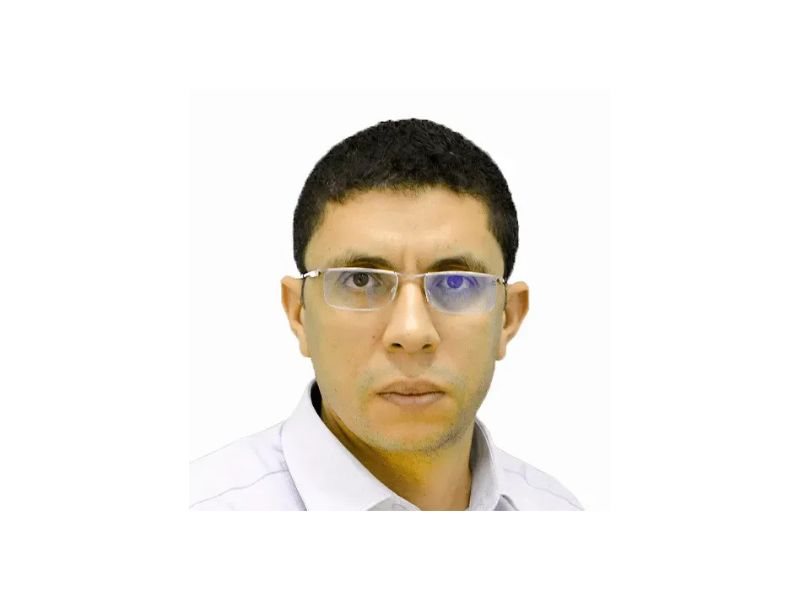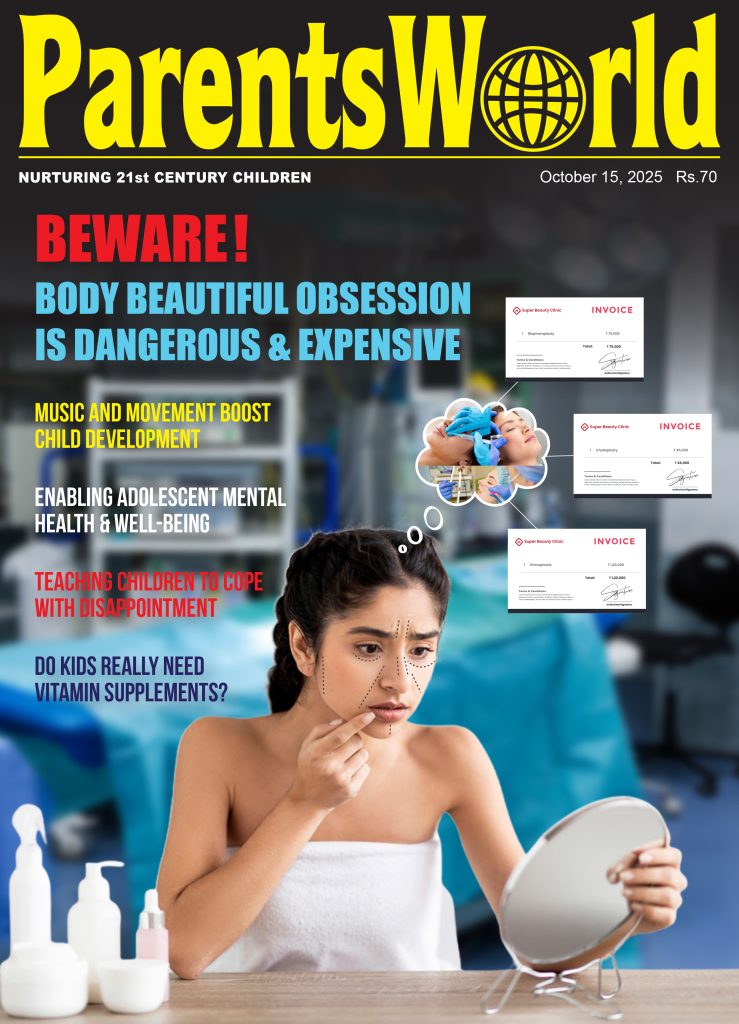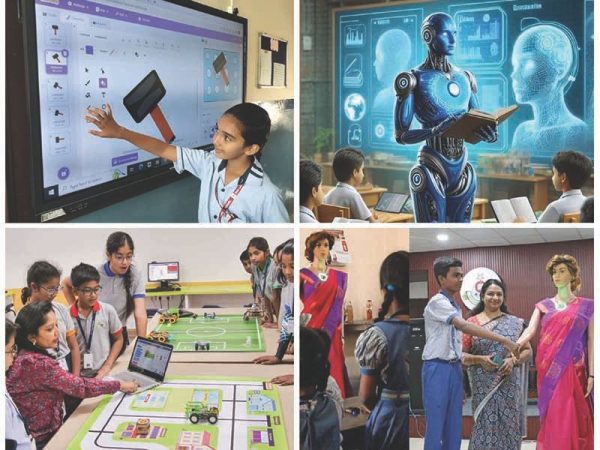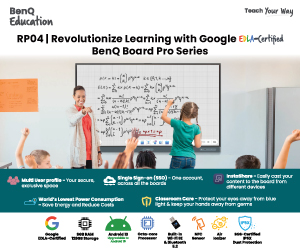– Imed Bouchrika, Professor, University of Southampton, UK
Inclusive education means more than just placing students with different abilities together in one classroom. It’s about giving every student the tools they need to participate, communicate, and succeed. One of the best tools for this is Augmentative and Alternative Communication (AAC) strategies, supported by Speech-Language Pathologists (SLPs). Today, online SLP programs are changing how teachers and SLPs work together to create truly accessible classrooms.
The Role and Benefits of SLP Programs: Speech-language pathologists diagnose and help students with communication difficulties, making their role vital in schools. In inclusive classrooms, SLPs work closely with teachers to help students with speech or language challenges join academic and social activities. They train teachers, develop custom AAC strategies, and support classmates to assist communication goals. The growing need for SLPs shows how important these professionals are in making schools inclusive. Good communication skills are essential for learning, confidence, and social growth. Online SLP programs help fill gaps where certified SLPs are not available by providing flexible, accessible training for teachers everywhere.
These programs offer great flexibility, allowing teachers and professionals to learn at their own pace without interrupting their work. They are especially helpful for educators in rural or underserved areas who might not have easy access to training. Many programs include virtual simulations and real-life practice to connect learning with real classroom situations. Teachers who complete online training feel more confident using AAC, which leads to better student participation and stronger teamwork between teachers and SLPs.
Understanding and Implementing AAC in Classrooms: AAC includes tools and methods that support or replace spoken language, ranging from simple communication boards and picture schedules to advanced speech-generating devices and eye-tracking systems. When AAC is part of everyday routines, students with complex communication needs can interact with peers, join lessons, and build friendships. For AAC to be effective, it needs to extend beyond therapy sessions. Teachers play a key role by using AAC during lessons, embedding prompts in subjects like math and science, and encouraging other students to engage with AAC users. A positive school culture makes it easier for everyone to accept and use AAC.
Online SLP programs focus on adapting existing teaching materials rather than creating new ones. For example: literacy lessons can include symbol-supported vocabulary boards; math activities can use devices offering problem-solving phrases; and science projects can incorporate AAC prompts. By working together to align AAC strategies with curriculum goals, teachers and SLPs make AAC a natural part of learning.
Overcoming Challenges and Looking Ahead: Using AAC in classrooms isn’t always easy. Teachers may face time limits, technical problems with devices, or lack of training. Additionally, classmates might find AAC tools unfamiliar. Online SLP programs help by offering on-demand lessons, quick-reference guides, and peer support methods that normalize AAC use. Teachers can review materials anytime, building their skills continuously. The rapidly growing global e-learning market brings better technology and wider support to these programs.
E-learning is reshaping professional training, with expectations that the market for e-learning services will more than double by 2030. This growth opens opportunities for AI-personalized learning, virtual reality practice, and global educator communities sharing best practices. Affordable online SLP master’s programs will also help more people join the field, reducing shortages and enriching inclusive education.
The ultimate goal of AAC strategies and SLP programs is to make communication a right, not a privilege, for every student. Online SLP programs equip teachers and speech-language pathologists with the skills, confidence, and flexibility to make this happen. In classrooms where AAC is fully integrated, students with communication challenges participate actively, collaborate with peers, and succeed academically. Teachers trained online are better prepared to model AAC, adapt materials, and foster a culture where every voice matters. These programs are key to advancing inclusive education, creating classrooms where diversity is celebrated and every student can connect, contribute, and belong.Dr. Imed Bouchrika, PhD and BSc
Computer Science professor at the University of Southampton, UK, specializing in eLearning, image processing, and biometrics. He earned his BSc and PhD in Computer Science from Southampton in 2004 and 2008.
Online SLP Programs: Helping Teachers Use AAC Strategies in Inclusive Classrooms: Inclusive education means more than just placing students with different abilities together in one classroom. It’s about giving every student the tools they need to participate, communicate, and succeed. One of the best tools for this is Augmentative and Alternative Communication (AAC) strategies, supported by Speech-Language Pathologists (SLPs). Today, online SLP programs are changing how teachers and SLPs work together to create truly accessible classrooms.
The Role and Benefits of SLP Programs: Speech-language pathologists diagnose and help students with communication difficulties, making their role vital in schools. In inclusive classrooms, SLPs work closely with teachers to help students with speech or language challenges join academic and social activities. They train teachers, develop custom AAC strategies, and support classmates to assist communication goals. The growing need for SLPs shows how important these professionals are in making schools inclusive. Good communication skills are essential for learning, confidence, and social growth. Online SLP programs help fill gaps where certified SLPs are not available by providing flexible, accessible training for teachers everywhere.
These programs offer great flexibility, allowing teachers and professionals to learn at their own pace without interrupting their work. They are especially helpful for educators in rural or underserved areas who might not have easy access to training. Many programs include virtual simulations and real-life practice to connect learning with real classroom situations. Teachers who complete online training feel more confident using AAC, which leads to better student participation and stronger teamwork between teachers and SLPs.
Understanding and Implementing AAC in Classrooms: AAC includes tools and methods that support or replace spoken language, ranging from simple communication boards and picture schedules to advanced speech-generating devices and eye-tracking systems. When AAC is part of everyday routines, students with complex communication needs can interact with peers, join lessons, and build friendships. For AAC to be effective, it needs to extend beyond therapy sessions. Teachers play a key role by using AAC during lessons, embedding prompts in subjects like math and science, and encouraging other students to engage with AAC users. A positive school culture makes it easier for everyone to accept and use AAC.
Online SLP programs focus on adapting existing teaching materials rather than creating new ones. For example: literacy lessons can include symbol-supported vocabulary boards; math activities can use devices offering problem-solving phrases; and science projects can incorporate AAC prompts. By working together to align AAC strategies with curriculum goals, teachers and SLPs make AAC a natural part of learning.
Overcoming Challenges and Looking Ahead: Using AAC in classrooms isn’t always easy. Teachers may face time limits, technical problems with devices, or lack of training. Additionally, classmates might find AAC tools unfamiliar. Online SLP programs help by offering on-demand lessons, quick-reference guides, and peer support methods that normalize AAC use. Teachers can review materials anytime, building their skills continuously. The rapidly growing global e-learning market brings better technology and wider support to these programs.
E-learning is reshaping professional training, with expectations that the market for e-learning services will more than double by 2030. This growth opens opportunities for AI-personalized learning, virtual reality practice, and global educator communities sharing best practices. Affordable online SLP master’s programs will also help more people join the field, reducing shortages and enriching inclusive education.
The ultimate goal of AAC strategies and SLP programs is to make communication a right, not a privilege, for every student. Online SLP programs equip teachers and speech-language pathologists with the skills, confidence, and flexibility to make this happen. In classrooms where AAC is fully integrated, students with communication challenges participate actively, collaborate with peers, and succeed academically. Teachers trained online are better prepared to model AAC, adapt materials, and foster a culture where every voice matters. These programs are key to advancing inclusive education, creating classrooms where diversity is celebrated and every student can connect, contribute, and belong.
Author Bio – Imed Bouchrika is a Computer Science professor at the University of Southampton, UK, where he specialises in eLearning, image processing, and biometrics. He earned his BSc and PhD in Computer Science from Southampton in 2004 and 2008.
Also Read: Borders Without Barriers: Global universities shaping India’s higher education
















Add comment